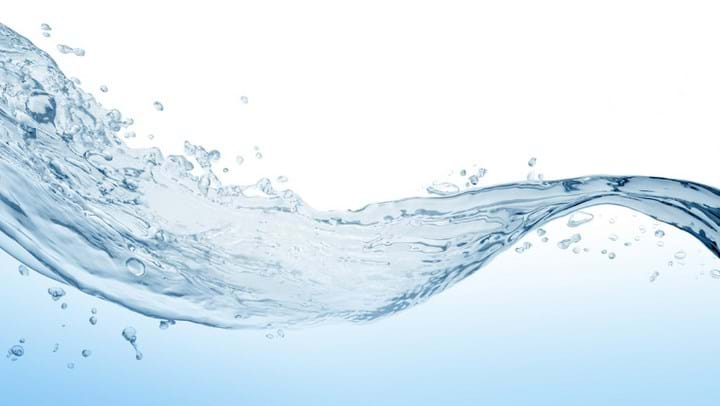3M to pay water companies up to US$12.5bn over PFAS contamination

3M will pay US public water companies up to US$12.5bn to tackle PFAS, after a district court gave final approval to a previously announced settlement agreement.
The approval settles hundreds of lawsuits that were brought against 3M by water providers, blaming the company for contaminating US drinking water with the toxic chemicals.
Historically, 3M has been the US’s primary manufacturer of PFAS, or per- and polyfluorinated substances (PFAS), a group of more than 4,700 chemicals that are widely used in industry and consumer products. Many have been found to be toxic even at extremely low concentrations, prompting widespread efforts to end their use given their persistence and ability to leak into our bodies and the environment.
3M will pay at least US$10.3bn to US water companies over the next 13 years, that they will spend on technologies to remediate PFAS detected in their systems. The funding will also support providers in conducting nationwide PFAS testing.
The settlement amount could rise to US$12.5bn based on additional PFAS contamination found.
Mike Roman, CEO of 3M, said: "This is yet another important step forward for 3M as we continue to deliver on our priorities. The final approval of this settlement and continued progress toward exiting all PFAS manufacturing by the end of 2025 will further our efforts to reduce risk and uncertainty as we move forward.”
However, attorney generals across the US are unlikely to view the final approval as a positive step. Last July, a month after the agreement was first announced, a coalition of more than 20 attorney generals formed and filed a motion in opposition. They argued that the settlement would shift the burden of cleanup onto local water suppliers and taxpayers, while the agreed financing falls short of the “actual cost to design, build, operate, and maintain effective PFAS treatment systems”.
3M’s history with PFAS
3M has been involved with PFAS, commonly known as “forever chemicals” since the chemicals’ earliest days. In the 1940s, the company began collaborating with Joseph Simons, a professor at Pennsylvania State University, US. Simons invented a process to produce the chemicals, then called fluorocarbons, and 3M acquired the rights to the technology in 1945. Following years of research, the company sold its first PFAS-containing products in 1956, when it introduced Scotchgard brand fabric and upholstery products to the market, with a firefighting foam following in 1964. From the 1960s through the 1990s the company’s use of the chemicals grew and diversified.
In the late 1990s, medical and environmental research revealed the widespread presence of these chemical in humans, animals, and the environment. As a result, 3M decided in 2000 to voluntarily phase out perfluorooctanoic acid (PFOA) and perfluorooctane sulfonate (PFOS), the most widely used and studied PFAS chemicals. The company continued to use other PFAS compounds with different properties, only deciding to exit PFAS manufacture in 2022.
Meanwhile, the US Environmental Protection Agency (EPA) introduced provisional drinking water health advisories on PFOA and PFOS in 2009 based on data available at the time. It advised limits of 400 ppt and 200 ppt for PFOA and PFOS, respectively. Seven years later, lifetime health advisories were adopted of 70 ppt.
The US EPA’s current health advisory for PFOA is 0.004 ppt, while it is 0.02 ppt for PFOS. Last year, the organisation proposed the first-ever legally enforceable national drinking water standard for six PFAS chemicals, including PFOA and PFOS.
PFAS have been used in everything from food packaging and non-stick cookware to clothing and cosmetics, along with carpeting, electrical wiring insulation, and firefighting foams. The compounds have been linked to health impacts such as increased risk of cancer, reduced ability of the immune system to fight infection, decreased fertility, and development impacts in foetuses and children.
Recent Editions
Catch up on the latest news, views and jobs from The Chemical Engineer. Below are the four latest issues. View a wider selection of the archive from within the Magazine section of this site.




